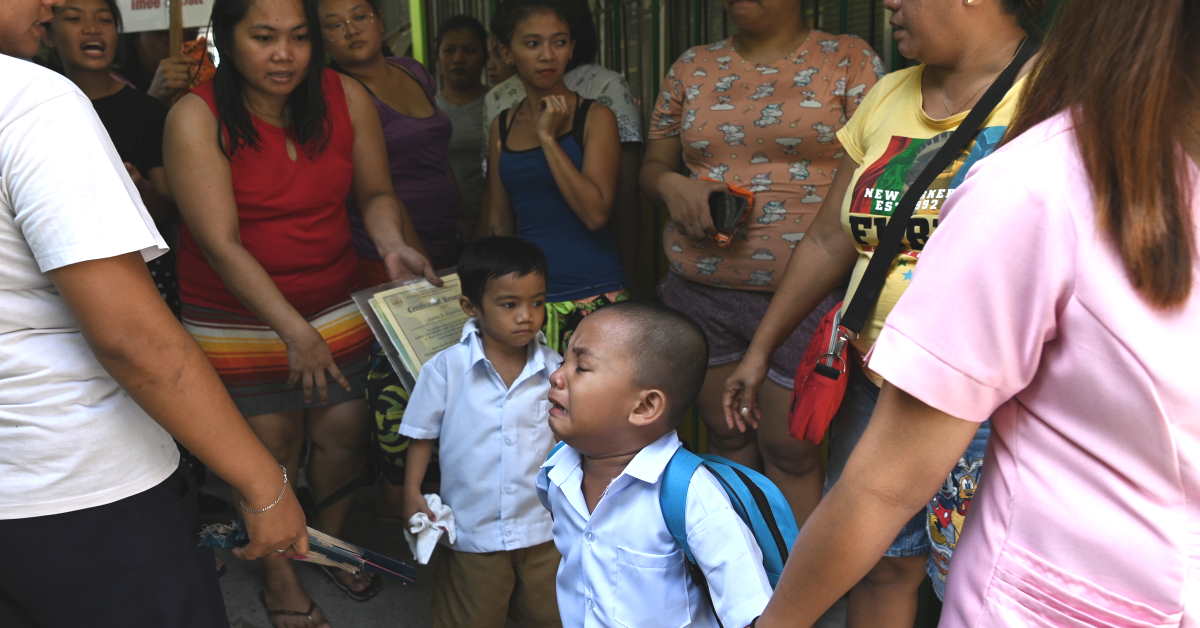The Philippines delayed Friday the start of the school year by another six weeks to October as the country battles surging coronavirus infections and prepares to turn classrooms into quarantine facilities.
Schools across the archipelago have been shut since mid-March when President Rodrigo Duterte's government imposed a months-long lockdown in a bid to slow the fast-spreading contagion.
The academic year usually starts in June but was pushed back to 24 August.
It is now scheduled to begin on 5 October, the education department said, blaming the latest lockdown in the capital Manila and four surrounding provinces for "logistical limitations" in preparing for remote schooling.
Authorities have largely ruled out face-to-face classes for the rest of 2020 after Duterte said students would have to stay home until a virus vaccine was available.
Blended Learning
The Philippines is due to start large-scale human testing of a Russian vaccine in October with regulatory approval of the drug expected in April, according to the government's timeline released Thursday.
In the meantime, more than 20 million students enrolled for the new school year will do "blended learning" that involves a mix of online, television and radio classes.
But preparations have been plagued by problems and there are concerns that many children from poor families with no or limited internet access will be disadvantaged.
Education Secretary Leonor Briones urged parents to use online modules provided by the government to home-school their children during the extended break.
"It is to your advantage if you already start teaching your own children," Briones said.
"We will be more than ready by October."
But there was uproar on social media this week after some of the modules were found to be littered with grammar errors.
The education department blamed an encoding glitch.
Half of the classrooms in Manila – nearly 18,000 – have been made available to the health department to use as isolation centres for COVID-19 patients, Briones said Thursday.
It comes as authorities force people who have tested positive for the virus and cannot self-isolate at home to stay in government-run facilities to slow community transmission of the illness.
The Philippines has the most infections in Southeast Asia, with more than 153,000 confirmed cases, including 2,442 deaths. - AFP
